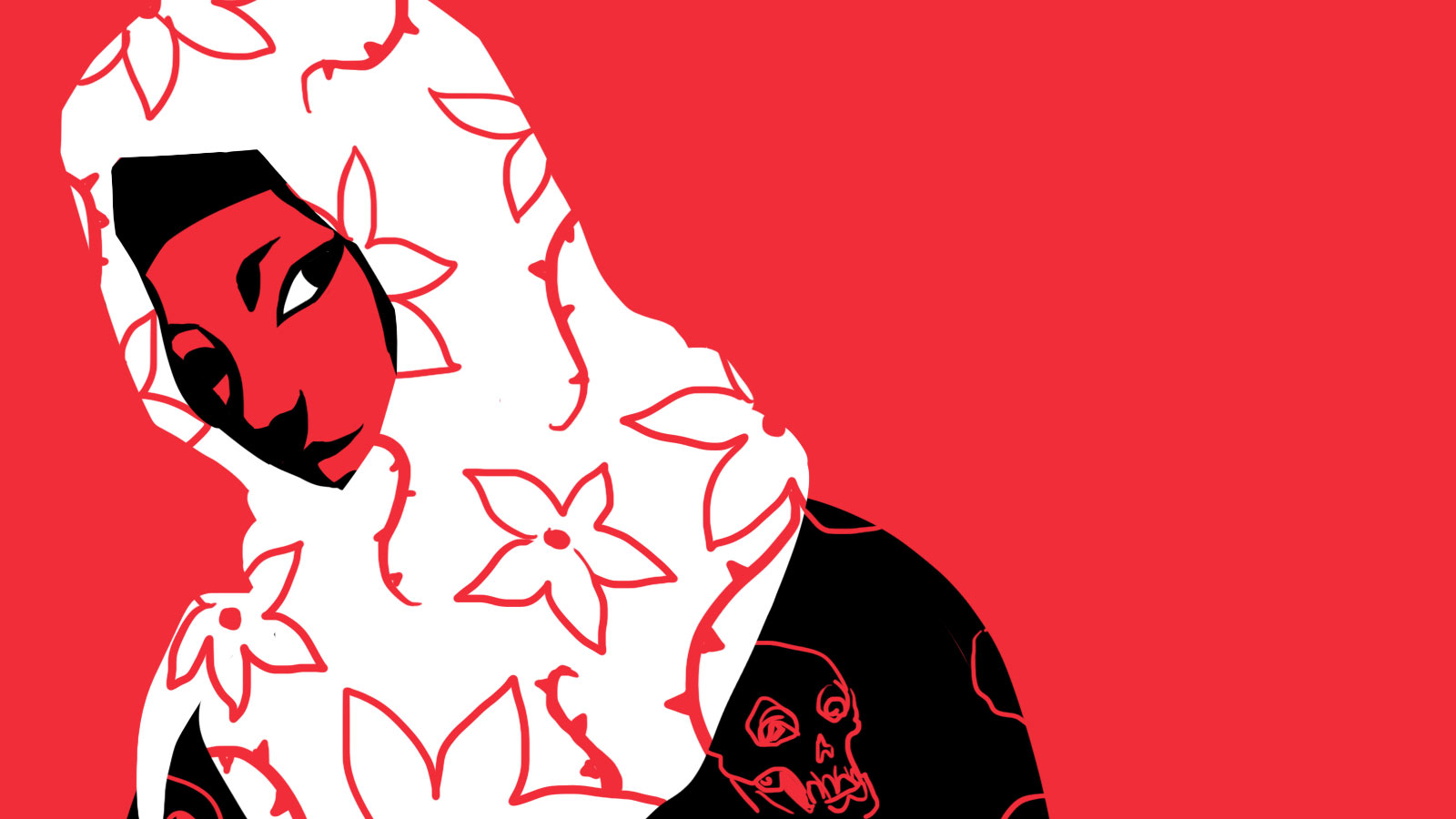"Believe it or not?”
If someone accidentally broke a glass, something bad happened. If someone dreams that his or her tooth falls out, a family member will die. Or sweeping outside in evening will result in bad fortune.
These are only a bunch of the numerous superstitious beliefs Filipinos have become used to. These beliefs were influenced by the Chinese. Well before the Spaniards came, Filipinos were already communicating with the Chinese. They are the ones that have made great impact in terms of our beliefs. Also having beliefs in such things like duwende, kapre, manananggal, and aswang were obtained from Pagan beliefs. In the book “History of the Filipino People” by Gregorio Zaide, it notes that during pre-Spanish times our ancestors were either Muslim or Pagans which have these kind of credence. Filipino people are said to be very religious but still there are lot who are receptive to unfounded beliefs.
‘The Bougainvillea” is one of the many stories written in Paulma’s book “Southern Stories and Strays’. It’s a story that implies thatrumors and superstions.I think the idea of ‘The Bougainvillea’ came from the people Paulma has met in Mindanao. She said that she wrote her stories at Pili Drive, street in Butuan, which we can see a bunch of bougainvilleas. That same house is next to a playground filled with 25 children, all belonging to three households (Paulma, 2016).
I think that Paulma wants to address the social issue about violent acts against women. Bansin is the first victim of the “possession” in their neighborhood and raped by her cousin an causes her emotional and mental breakdown as said in the story. Examples of this idea are horror films that tackle the exorcisms. In movies like ‘The Possession of Hannah Grace’, and ‘Paranormal Activity’, women the targets of demonic activity.
I admire Paulma’s knowledge to describe each scenery in a detail. I can already visualize Pili Drive in my head. I can picture out every scene like a film or a movie.
It was said in the story that the people did not pay attention to the real story behind Bansing’s possession; when she was raped by her cousin. Victims of fake news could lead to low self cofidence. Based on the study of Hendricks and Hansen (2014) regarding of fake news, they reported when people are not knowledgeable about a certain phenomenon, it makes excellent sense for them to look to others’ apparant beliefs, whether it is true or not. The Acquiescence Theory proposed by Risen (2015) aims to understand how superstitious stories and magical beliefs are maintained even if one already knows they are untrue.
Superstitions became one of our traditions. Superstitions were passed down generations to generations.Thie defines who we are as Filipinos.
Written By: Paul John Bolos
REFERENCES
Paulma, M. (2016). Where I Write From. Retrieved on 12/17/19 from https://upworkshop2016.wordpress.com/2016/05/26/poetics-ma-elena-pa ulma/
Risen, J. (2015). Believing What We Do Not Believe: Acquiescence to Superstitious Beliefs and Other Powerful Intuitions. Retrieved on 12/17/19 from https://www.apa.org/pubs/journals/features/rev-0000017.pdf
Hendricks, V. & Hansen, P. (2014). Why we Believe Fake News. Retrieved on 12/17/19 from https://www.bbc.com/future/article/20190905-how-our-brain s-get-overloaded-by-the-21st-century
